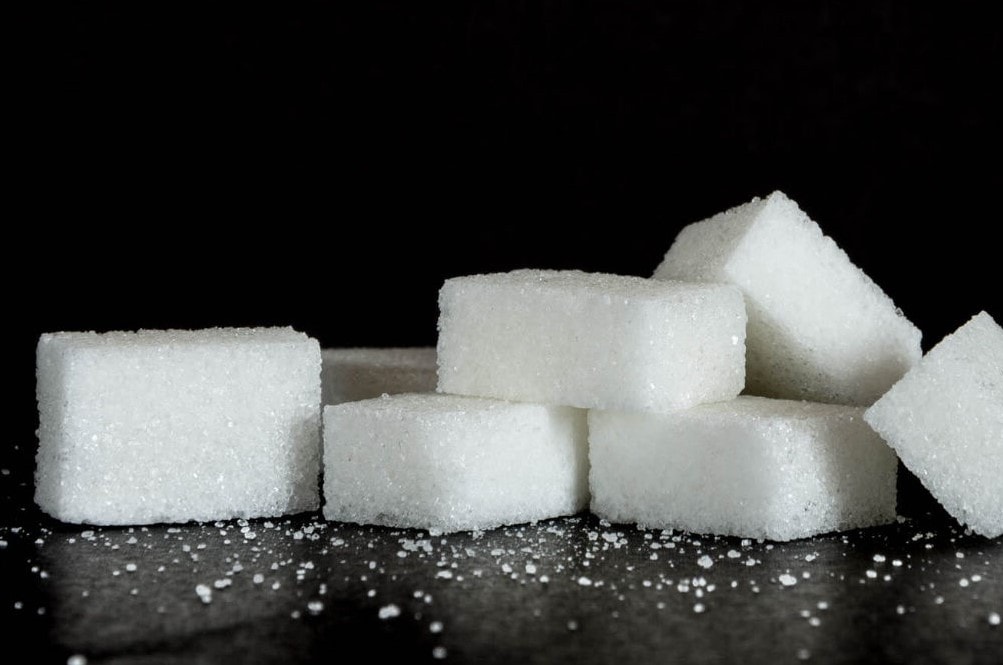A group of researchers created two different organic compounds from sugar alcohols and used them as building blocks for their plastics.
Researchers at the University of Birmingham and Duke University have developed a plastic made from sugar, a material they hope could be an alternative to virgin plastics.
The researchers developed two types of materials: one that is similar to rubber and one that is tough but flexible like many plastics used in everyday life. The performance of these sustainable plastics, they noted, is equal to or better than commonly available plastics, as well as being degradable and easy to recycle. Unlike other recyclable plastics, its mechanical properties are not affected after being reprocessed.
An alternative to fossil plastics
Although in recent years there has been intense debate about the benefits of biodegradable plastics, materials made from renewable sources such as corn starch or sugar cane, their widespread implementation still seems a long way off.
Although many of these materials are already on the market, most of them degrade in industrial composting facilities and must be separated from other plastics.
The mechanical properties of known sustainable plastics also do not match those of commercially available plastics, said Matthew Becker, professor of chemistry at Duke University, who led the new work with professor of chemistry at the University of Birmingham, UK, Andrew Dove.
“Many others have used sugar and sustainably sourced raw materials to synthesize materials. However, the properties are often poor and therefore not useful in commercial applications.”
To meet this challenge, the researchers created two different organic compounds from sugar alcohols and used them as building blocks for their plastics. The two compounds contain ring structures made of the same atoms, but their properties differ depending on how the atoms are arranged relative to each other.
According to the study, “Plastic made from one of the compounds is as rigid but malleable as common plastics and as strong as high-tech plastics like Nylon-6. The other compound gives plastics that are just as strong but also have better elastic properties than known rubbers.”

